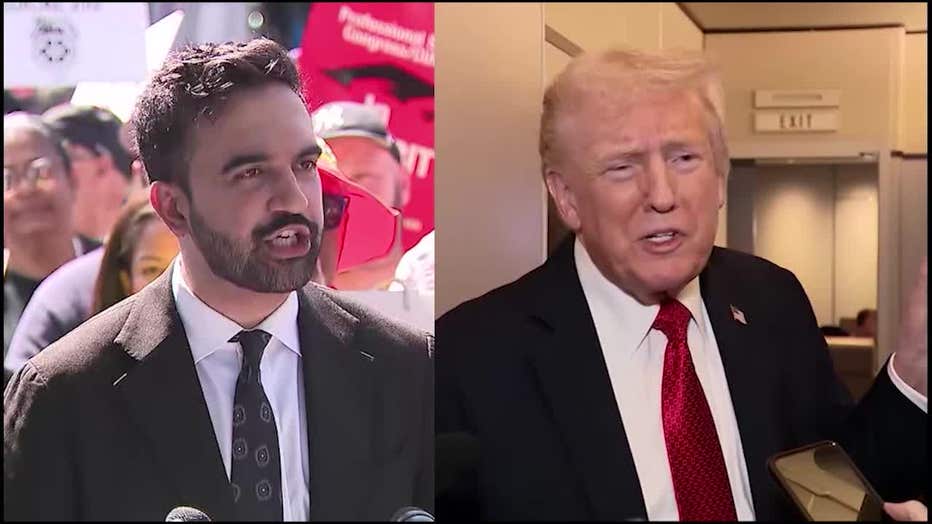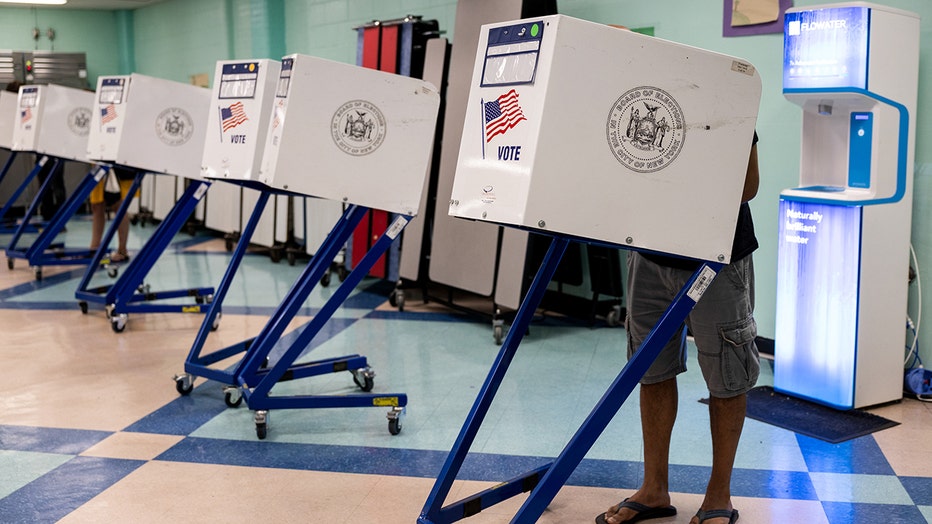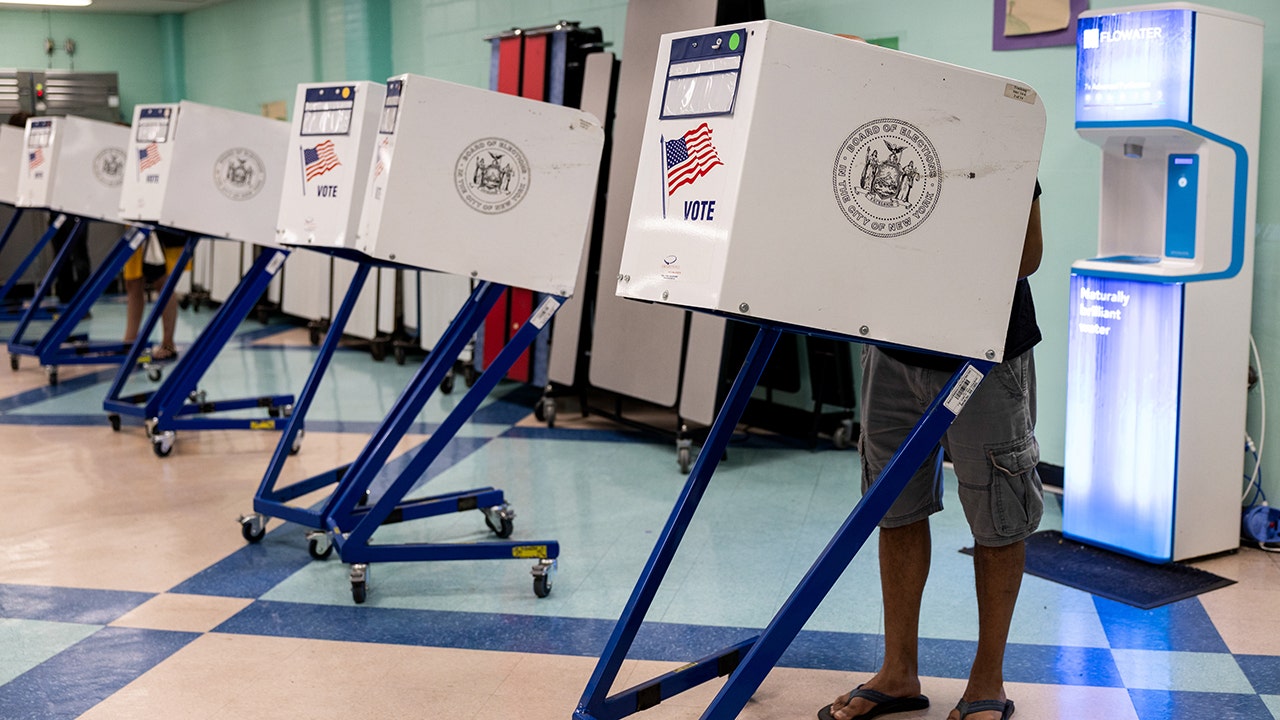 Can you still trust the polls in 2025?
Can you still trust the polls in 2025?
Polls help shape every campaign – driving headlines about who’s ahead, who’s fading and where the race might be headed next. But in 2025, with new methods and shrinking response rates, just how reliable are those numbers? FOX 5 NY’s Dan Bowens has the story.
NEW YORK CITY – Polls help shape every campaign – driving headlines about who’s ahead, who’s fading and where the race might be headed next. But in 2025, with new methods and shrinking response rates, just how reliable are the numbers?
Among the most high-profile polling misses in recent history: two candidates with very different politics.
President Donald Trump and New York City Democratic front-runner Zohran Mamdani don’t agree on much, but both were underestimated in major polls before their breakout wins.

Each managed to build coalitions of voters who rarely appear in traditional or even modern polling models – communities less likely to respond to surveys, yet deeply motivated to show up when it mattered most.
It’s an unusual connection that says a lot about how polling really works in today’s world.
The changing math behind the numbers
What they’re saying:
“You can trust the polls to inform you of the dynamics of a race – but not the outcome of the election,” explains political analyst David Birdsell.
“If we dial the clock back 30 or 40 years, voter behavior followed a pattern. Now, it’s much harder to model.”
— Political analyst David Birdsell
He says the challenge starts with figuring out who will actually show up to vote.
“That used to be relatively predictable,” Birdsell said. “If we dial the clock back 30 or 40 years, voter behavior followed a pattern. Now, it’s much harder to model.”
Reaching voters in the digital age
With far fewer people answering landlines, pollsters have had to get creative. Dr. Don Levy, director of the Siena College Research Institute, said that means more outreach and more patience.
“Our interviewers will dial the phone as many as 60 times. Of those calls, maybe 15 people will answer – and only one or two will complete the survey,” Levy explains.

A voter casts their ballot at a polling station during the New York City mayoral Democratic primary in the Queens borough of New York, US, on Tuesday, June 24, 2025. (Christian Monterrosa/Bloomberg via Getty Images)
So now, polling teams are texting potential respondents, identifying themselves clearly, and inviting people to take surveys online.
“Not only do we have to reach the right voters, we also have to compute their likelihood to actually vote. It’s a daunting task,” Levy adds.
Reinventing the poll
Birdsell notes that many major polling firms are building massive online panels – hundreds of thousands, even millions, of registered users – to improve accuracy. The panels make data collection faster but can still tilt toward people who are more willing to respond, which often skews slightly liberal.
And then there’s the margin of error – a detail that can completely change the perception of a race.
“If one candidate polls at 40% and another at 30, with a 3-point margin of error, the real spread could be anything from 27-43 to 33-37,” Birdsell said. “That’s the difference between a blowout and a nail-biter.”
Transparency and trust
Both analysts agree: honest pollsters are vital to democracy, as long as they’re transparent about how they gather data and who they reach.
“It’s about contributing to our democracy by giving voice to the electorate,” Levy said.
What you can do:
So, can you trust the polls in 2025? Birdsell’s answer brings it full circle.
“We can trust the polls in the sense that the vast majority of pollsters are honest, hard-working professionals who really want to get it right,” Birdsell said. “But it’s become harder and harder to get it right with every passing year.”

